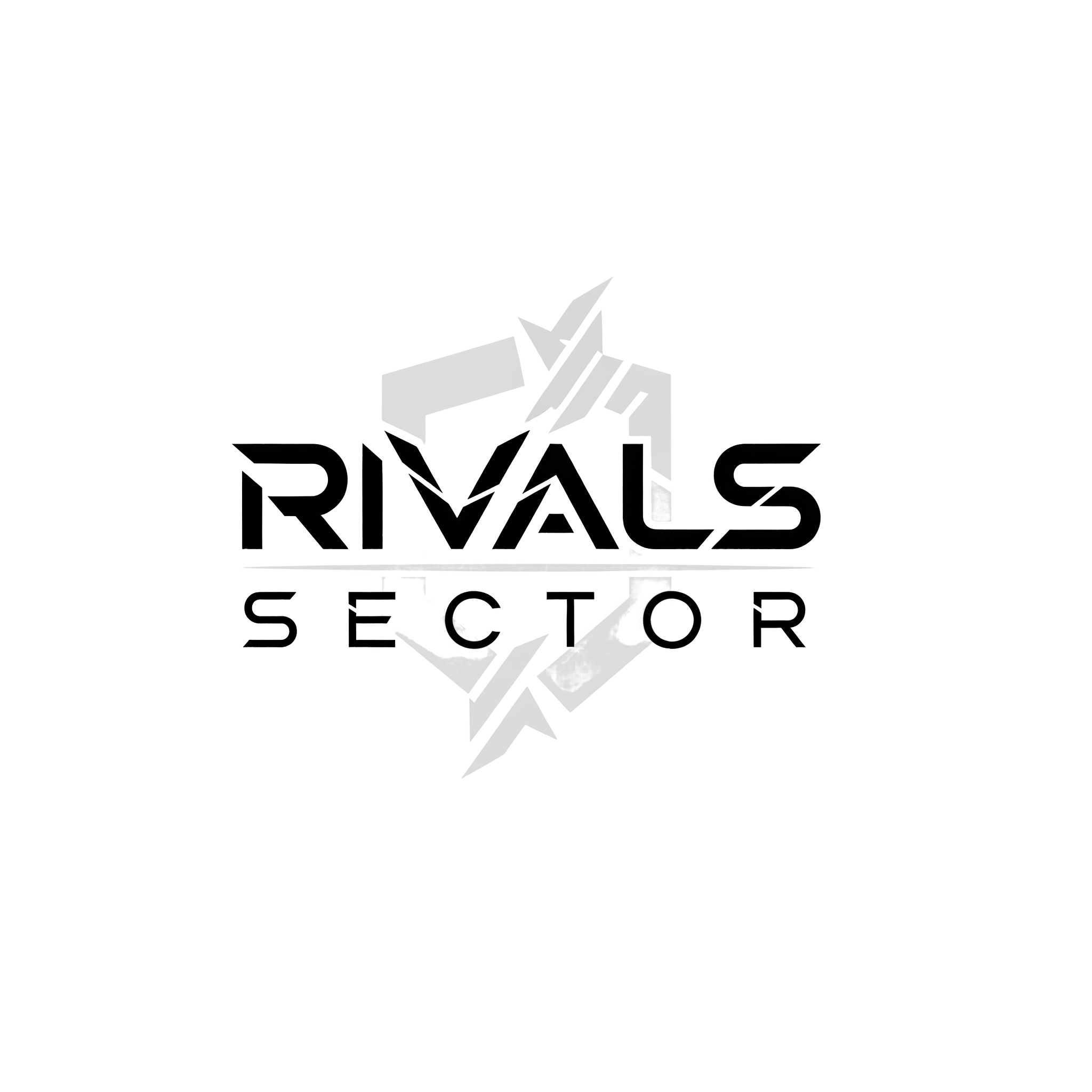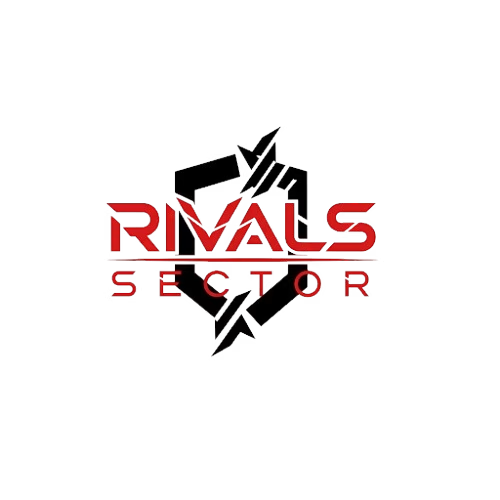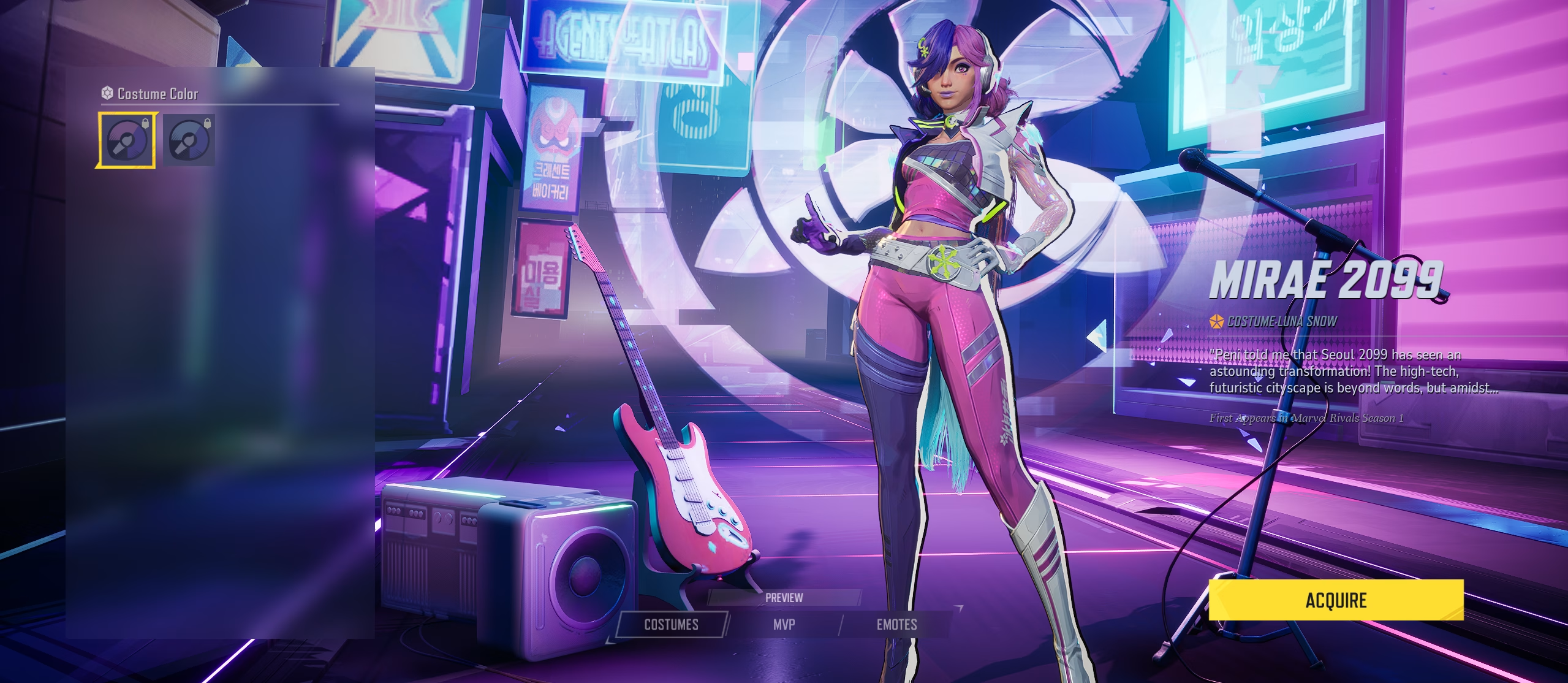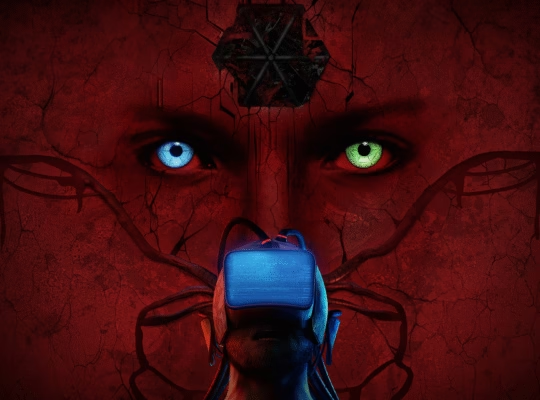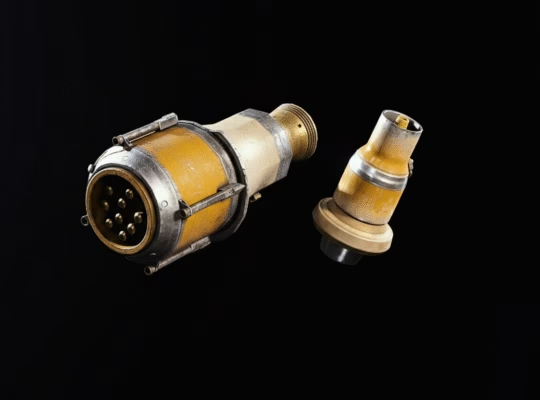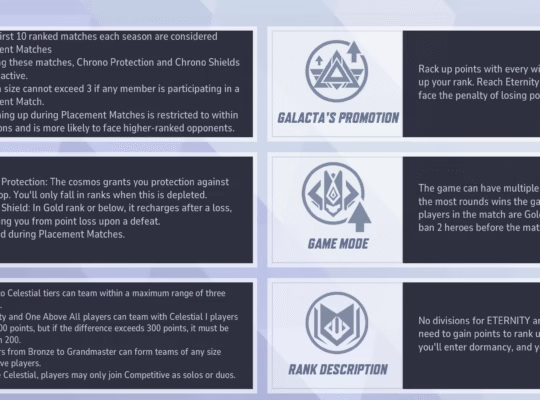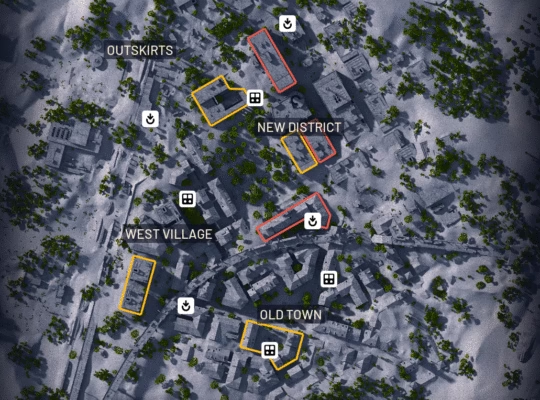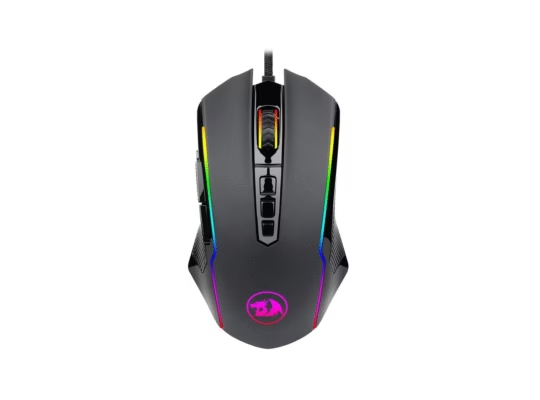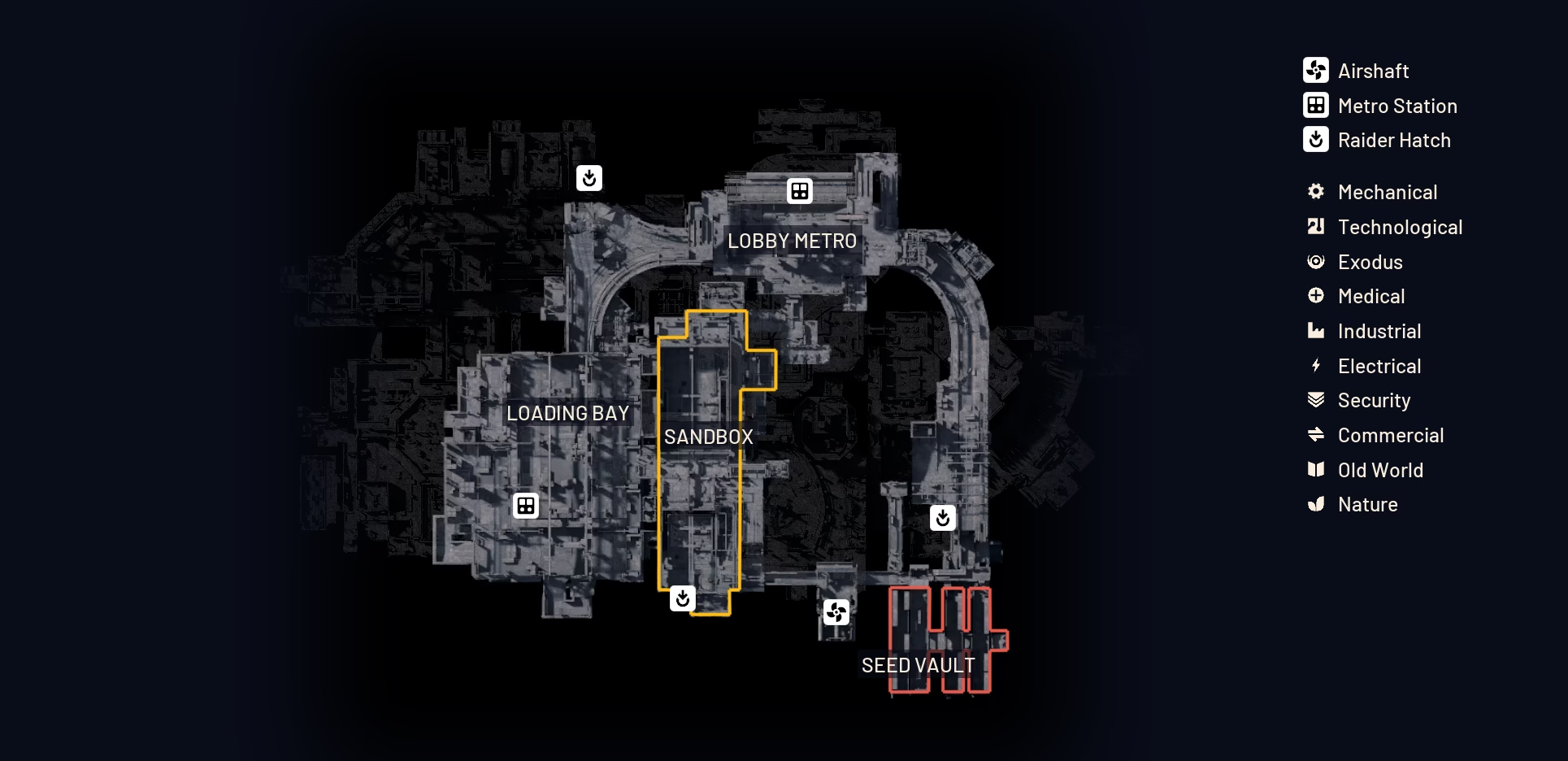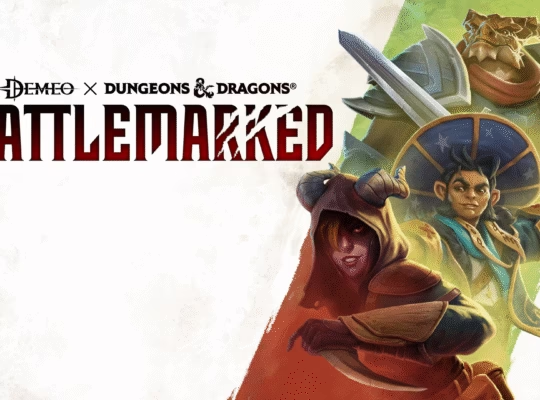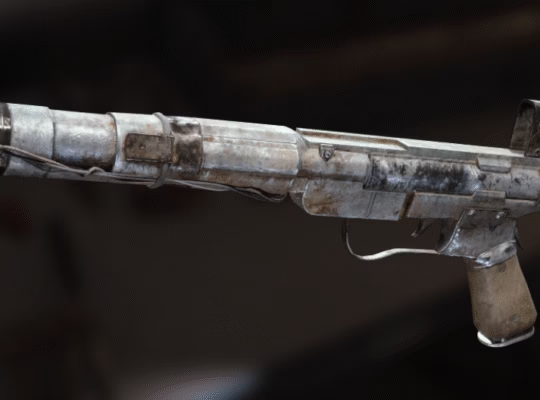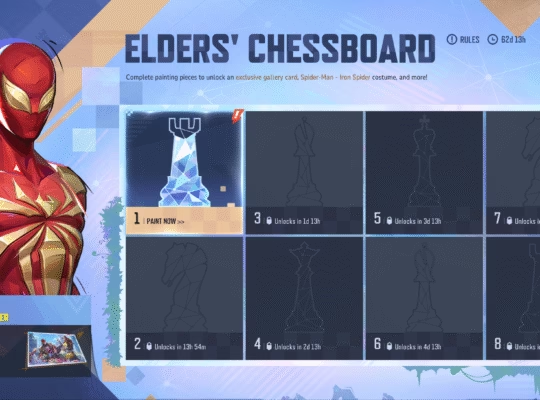Marvel Rivals introduced costume color customization as a new way to personalize characters, and this addition has probably become one of the most discussed cosmetic features in the game. The idea is straightforward, players who own eligible costumes may buy alternate predesigned color palettes, often called chromas or recolors, to change how their hero looks in matches, menus, and highlight animations.
In practice, however, the feature raises several design and monetization questions, because it uses a new premium currency, supports only a curated set of skins, and sometimes ties extra visual effects to purchases. This article explains the system in detail, gives the essential facts readers want to see first, evaluates the tradeoffs, summarizes community sentiment, and outlines realistic expectations for how the feature may evolve. Some elements remain uncertain and may change as the developers iterate, so I use cautious language where appropriate and point out where further updates are likely required.
| Essential facts | At a glance |
| Typical cost per recolor | 600 Unstable Molecules, approximately $6 worth of premium currency at common pack rates, conversion required |
| How to obtain the currency now | Convert Lattice at a 1:1 rate – Lattice is the premium store currency |
| Where recolors apply | In match models, intro and MVP animations, emotes; some recolors also include ultimate VFX for the buyer |
| Eligibility | Only certain costumes support customization, roster expanded in Season 3 but still curated |
| Are recolors earnable for free | As of the latest updates, earn paths are limited, promises of future event/battle pass options are likely but not fully delivered |
| Practical recommendation | If you value immediate visual change and already hold Lattice, conversion is the simplest path, otherwise consider waiting for event earn routes |
What the System Does and How to Use It

The customization system is built around the idea of alternate, artist-designed palettes. If you already own a supported costume, you can open the hero cosmetics menu, choose the costume, then pick one of the available palette options and confirm purchase using Unstable Molecules. Once purchased, the recolor applies immediately to your match model and to related animations and emotes. In some cases the recolor package also includes adapted ultimate ability VFX for the purchasing player, which is primarily a visual, personal reward and typically does not change how opponents see those abilities.
The system does not, at least currently, include a freeform color picker or a mix-and-match layer for arbitrary color swapping. That design choice likely reflects an intent to control art quality and brand consistency, but as we at Rivals Sector have observed, it also limits player creativity and may be a disappointment to users who expected full color freedom.
Pricing Model, Currency Mechanics, and the Practical Cost to Players

The most consequential practical detail is the currency and pricing. Each recolor costs 600 Unstable Molecules. Right now the straightforward way to obtain Unstable Molecules is to convert Lattice at a 1:1 rate, meaning players must first hold or buy Lattice to convert. Depending on the Lattice pack prices on offer, the net out-of-pocket for one recolor is approximately six US dollars, give or take by region and store bundles.
Because recolors are an additional purchase on top of any skin price you may already have paid, the system has often been perceived as a second paywall for cosmetics. Developers have stated that they plan to add more ways to get Unstable Molecules over time, but as of the latest updates earn paths have remained limited, making the immediate cost structure a meaningful barrier for some players.
What Changed in Season 3, and Why It Matters
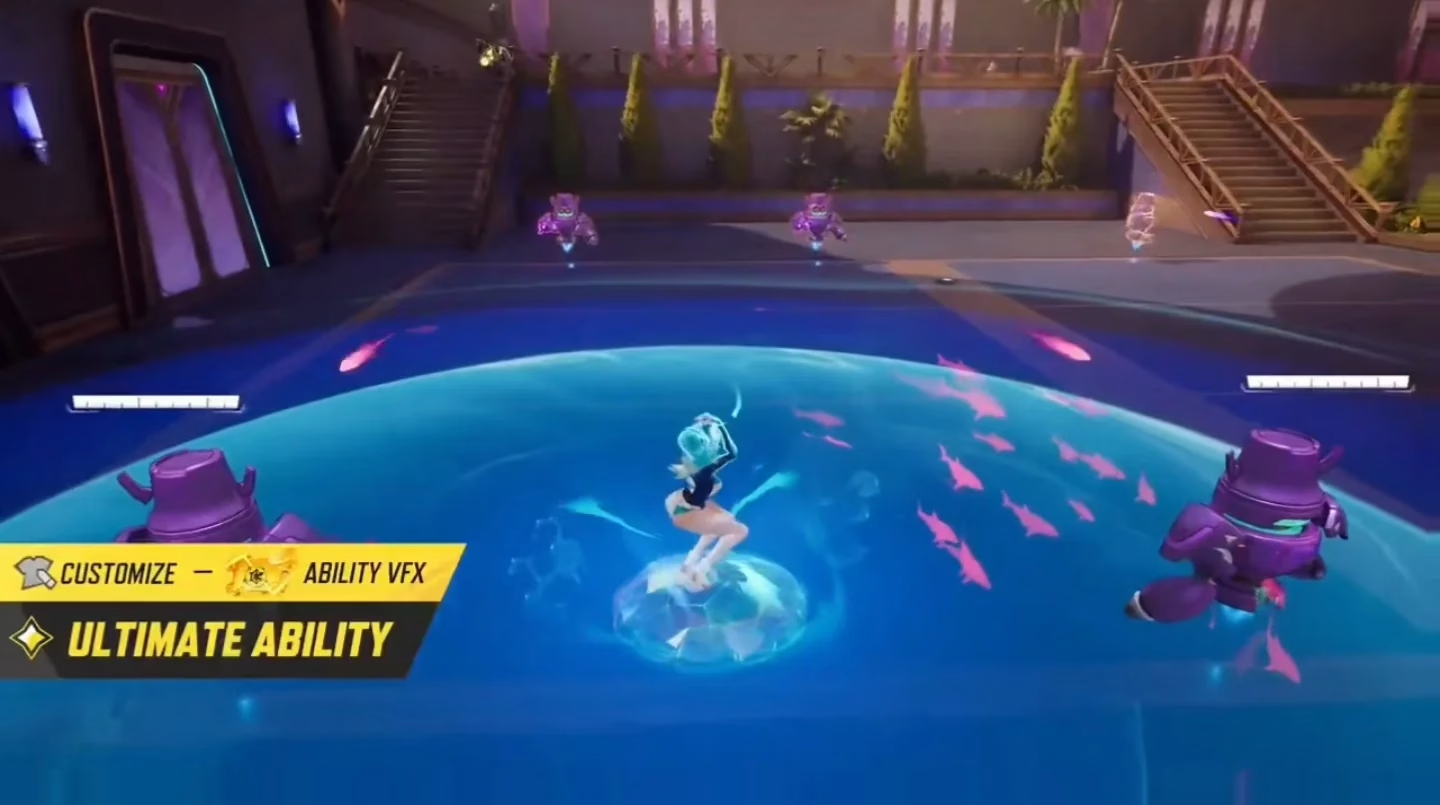
Season 3 expanded the feature beyond the initial test phase, and the rollout appears to be incremental rather than sweeping. Additional costumes were added to the eligible list, and a subset of recolors were bundled with optional ultimate VFX customizations. Those VFX upgrades are notable because they add a new visual layer and are often indicated with icons in the store, so players can preview them.
It is reasonable to interpret Season 3 as an experiment in scaling the feature – more palettes and more characters have been supported, but the set remains curated, and the developer seems to be prioritizing high-impact skins first. That approach probably helps manage art production costs, but it also means many player favorites may still be unsupported for some time. The balance between rapid expansion and controlled rollout is likely to remain a topic of debate within the community.
Which Costumes and Palettes Are Available Now, and How Selection Affects Choice
The roster of supported costumes includes a mix of popular heroes and visually distinct skins. Early support focused on a small group of high-profile costumes, later broadened to include additional characters like Invisible Woman, Rocket Raccoon, and others in the Season 3 update. The selection strategy appears purposeful – developers select skins that both draw attention and are efficient to recolor, since each palette requires concepting, art passes, and QA.
For players this curation has two consequences: if your favorite skin is included, you get a high quality recolor option quickly; if it is excluded, you may feel overlooked and pressured to wait or to spend on alternative skins. Because the rollout is incremental, fans should probably expect a steady drip of new palettes instead of an immediate universal availability across the entire roster.
Community Reaction – Praise, Frustration, and the Arguments on Both Sides
Community response is mixed and reasonably predictable. Supporters appreciate the additional options to personalize their playstyle and praise the visual fidelity of many recolors and the novelty of optional ultimate VFX. Critics focus on the monetization model, arguing that creating a new premium currency and requiring conversion from Lattice creates unnecessary friction and an impression of double charging for cosmetics.
Some community members compare this approach unfavorably with other live service games that often provide alternate styles as part of battle passes or limited events. There are ongoing debates about fairness, value, and whether recolors should be more earnable. It is plausible that developer responsiveness to this feedback will influence the pace and structure of future changes. Moderated, constructive feedback that proposes specific alternative acquisition methods – for example, a small number of free Unstable Molecules in seasonal events, or recolors included as higher battle pass tiers – is likely to be most effective at shifting policy.
Developer Statements, Promises, and Likely Future Directions
NetEase has hinted at additional earn paths for Unstable Molecules in future seasonal updates, which suggests that the current premium focus may soften over time. Historically, live service publishers often adjust cosmetic monetization in response to engagement data and community pressure, so it is plausible that more event or progression based ways to earn recolors will be introduced.
Still, promises are not guarantees, and timelines are often flexible – therefore it is prudent to treat the availability of free earn paths as likely but not certain, and to continue watching patch notes and official communications for concrete delivery. If you care about long term trends, monitor the battle pass and event announcements, because those are the most probable channels for adding earnable Molecules.
Pros and Cons, Summarized in a Table
| Advantages | Disadvantages |
| Adds visible personalization and variety that can refresh long term play | Recolors cost premium currency and feel like an extra microtransaction |
| Some recolors include optional ultimate VFX for more personal flair | Initially limited to a curated set of costumes, many favorites unsupported |
| Clear in-game workflow makes buying and applying simple | Unstable Molecules are currently obtained primarily via Lattice conversion |
| Season 3 shows developer willingness to expand the system | Artist and QA costs mean rollout will be incremental, not immediate |
Practical Advice – Should You Buy Now, or Wait
If you value immediate visual changes and already possess spare Lattice, converting to Unstable Molecules and buying a recolor may be sensible. If you would need to purchase Lattice with money, weigh the price against other uses of your funds – a single recolor is likely about six dollars at typical pack rates, so consider whether that aligns with your priorities. If you are budget conscious, or if the skin you want is not yet supported, it may be reasonable to wait modestly, because developers have suggested additional earn paths could appear in future seasons.
Watching for seasonal events and battle pass content is probably the best way to catch potential free or discounted opportunities. Finally, if you are active in the community, offering concrete feedback on alternative acquisition options may increase the chance the developer adjusts the model to be more player friendly.
Final Thoughts and Open Questions
Costume color customization is likely to remain a contentious yet important cosmetic layer. It provides meaningful personalization and can generate revenue, but the current structure prioritizes paid access. The next few seasons will probably determine whether the feature becomes broadly accepted – through expanded eligible skins and more earnable acquisition routes – or whether it remains a flashpoint for criticism.
Key uncertainties to watch are exact earn path implementations, pace of palette additions across the roster, and any changes to pricing or conversion mechanics. For now, the feature makes most sense for players who value cosmetic expression immediately and are comfortable with the modest premium cost, while others have good reasons to wait and see how the system evolves.
